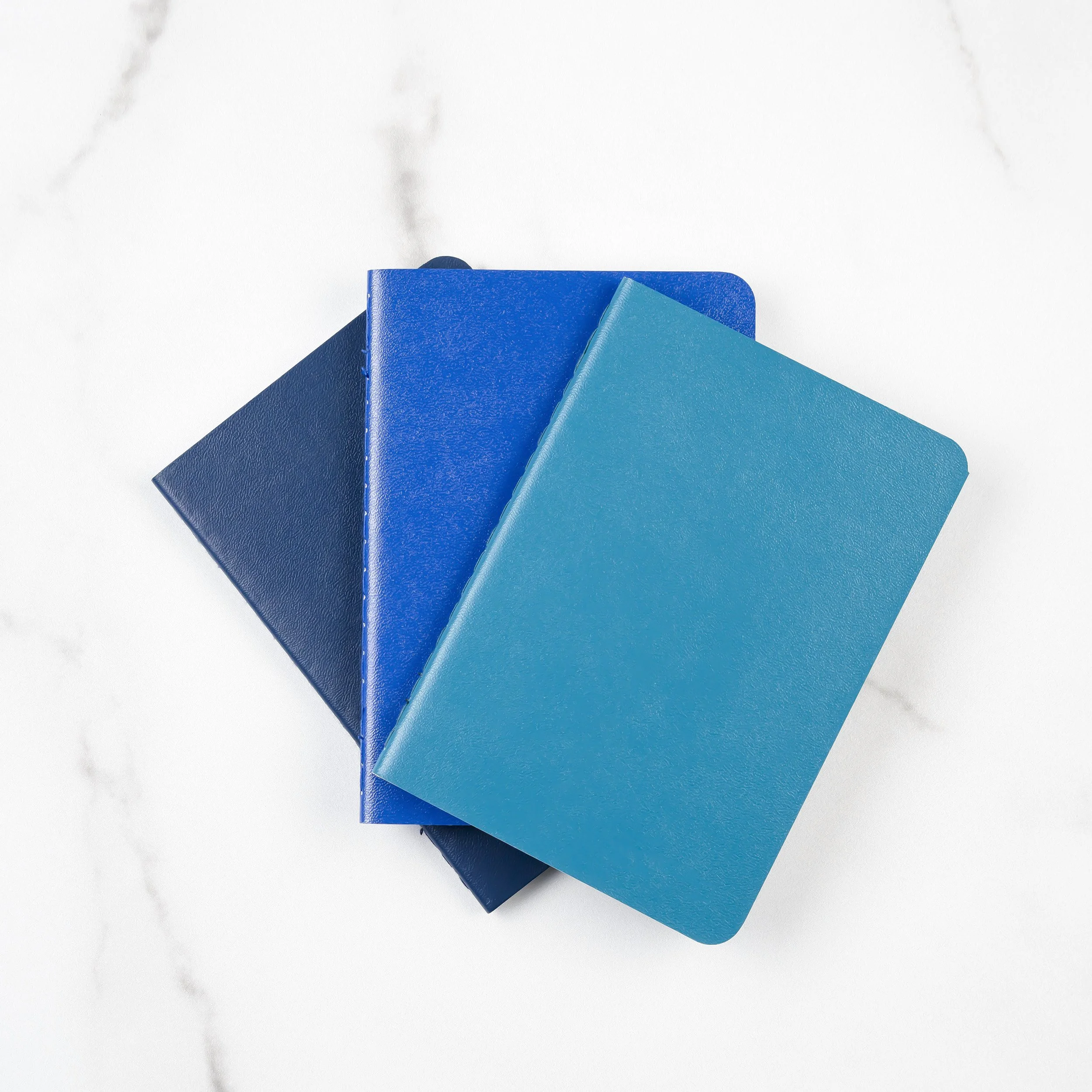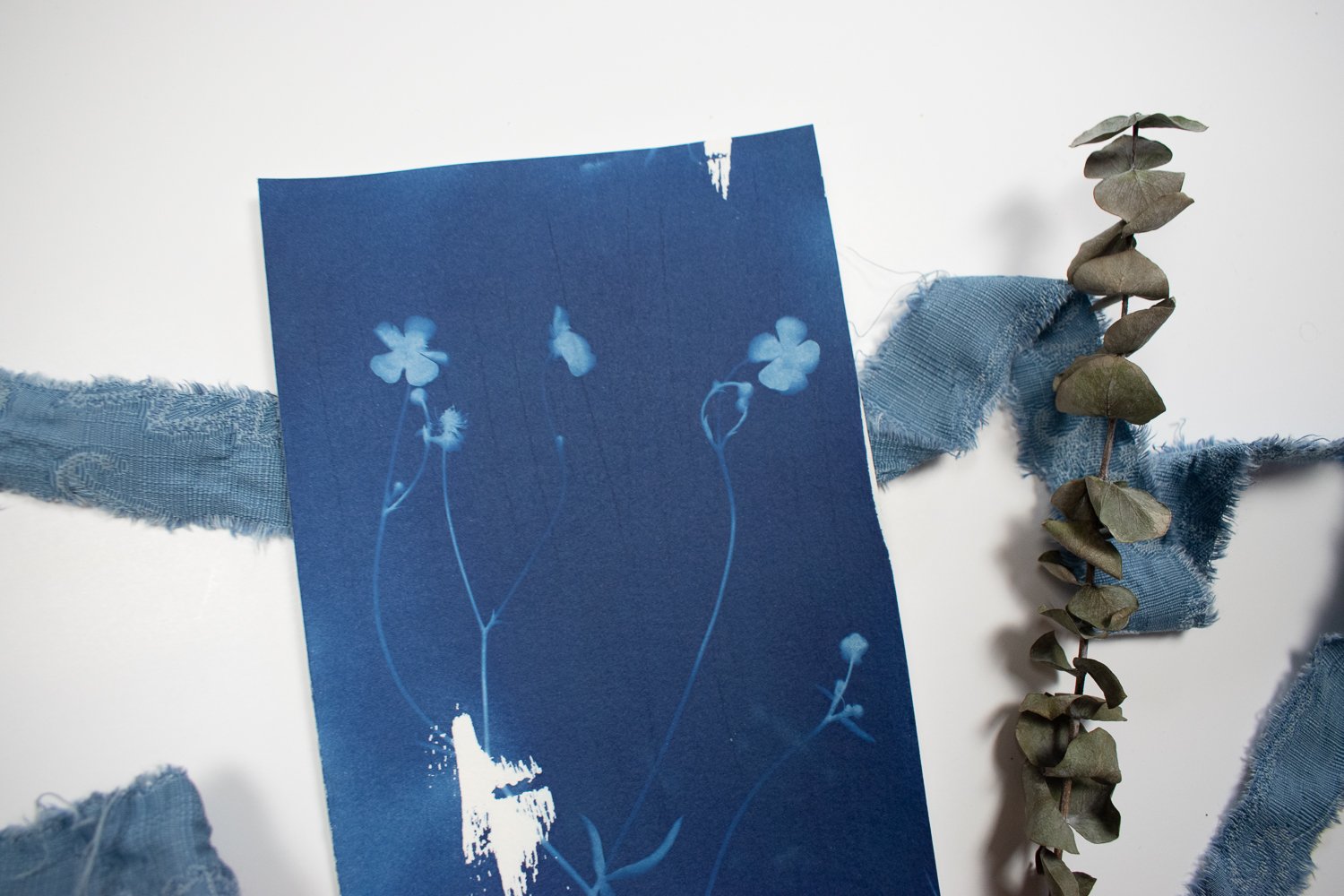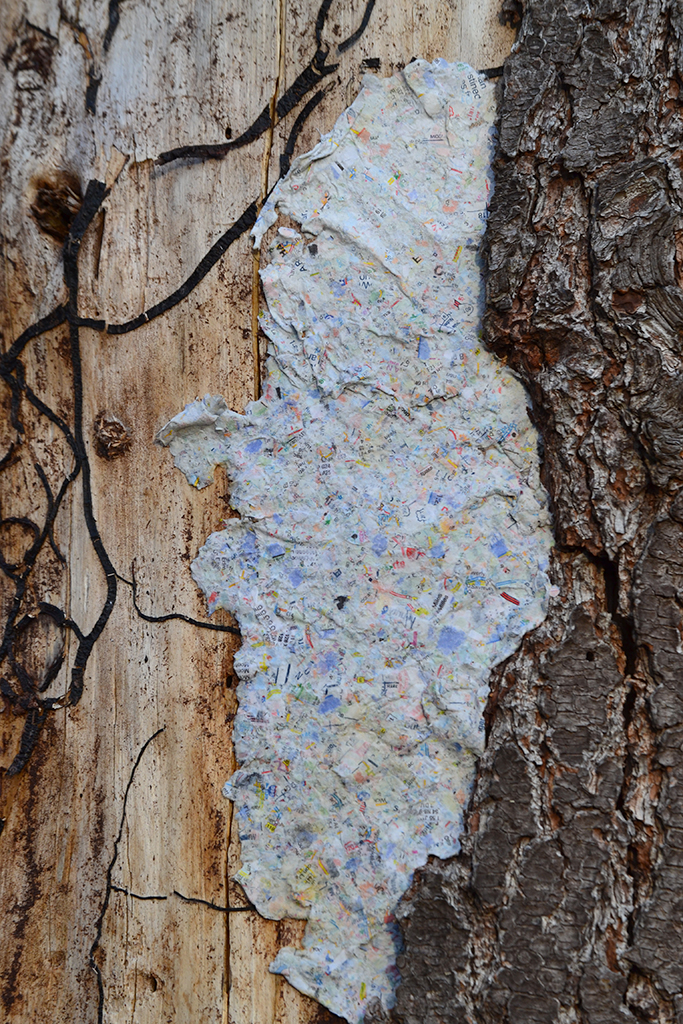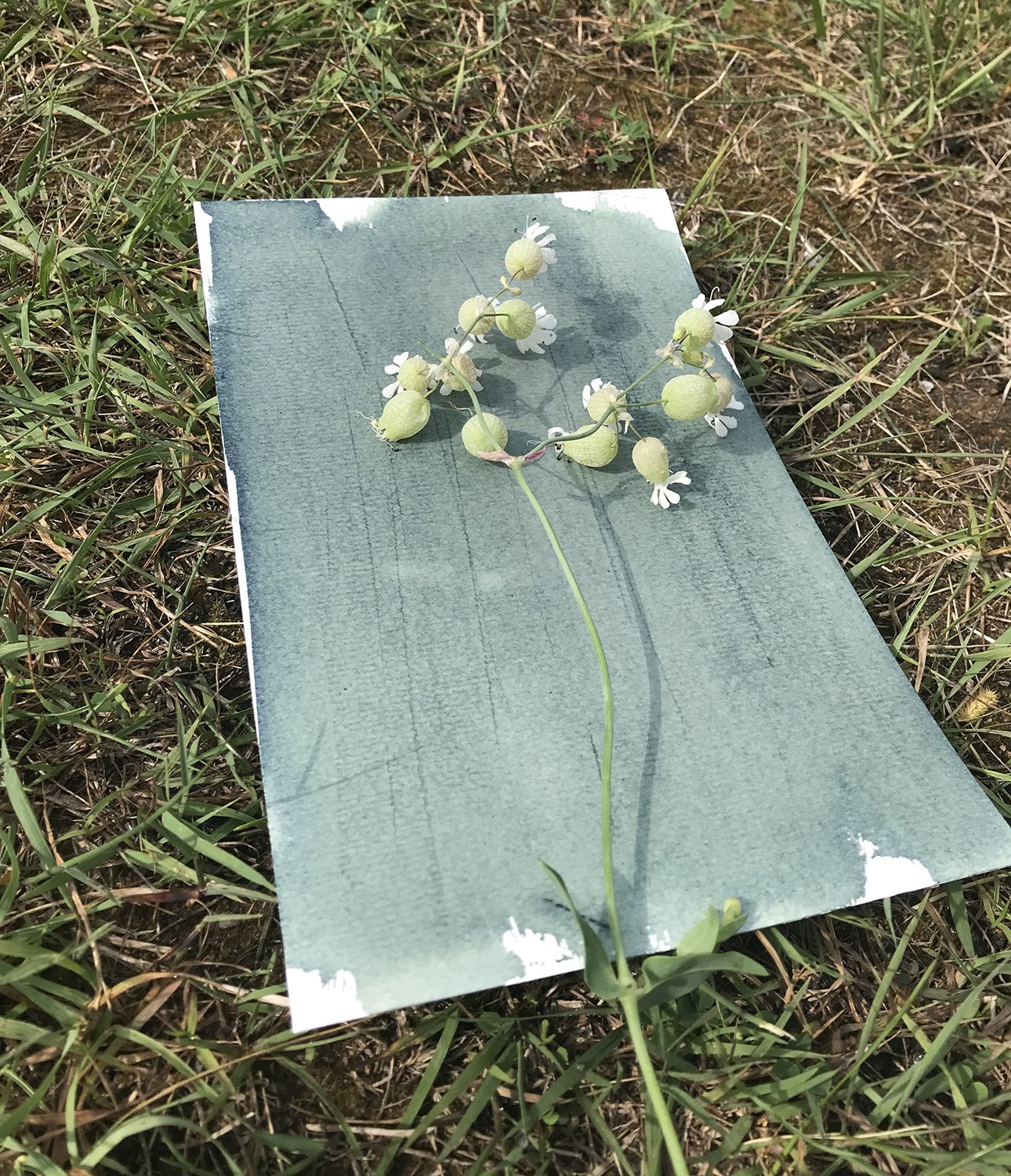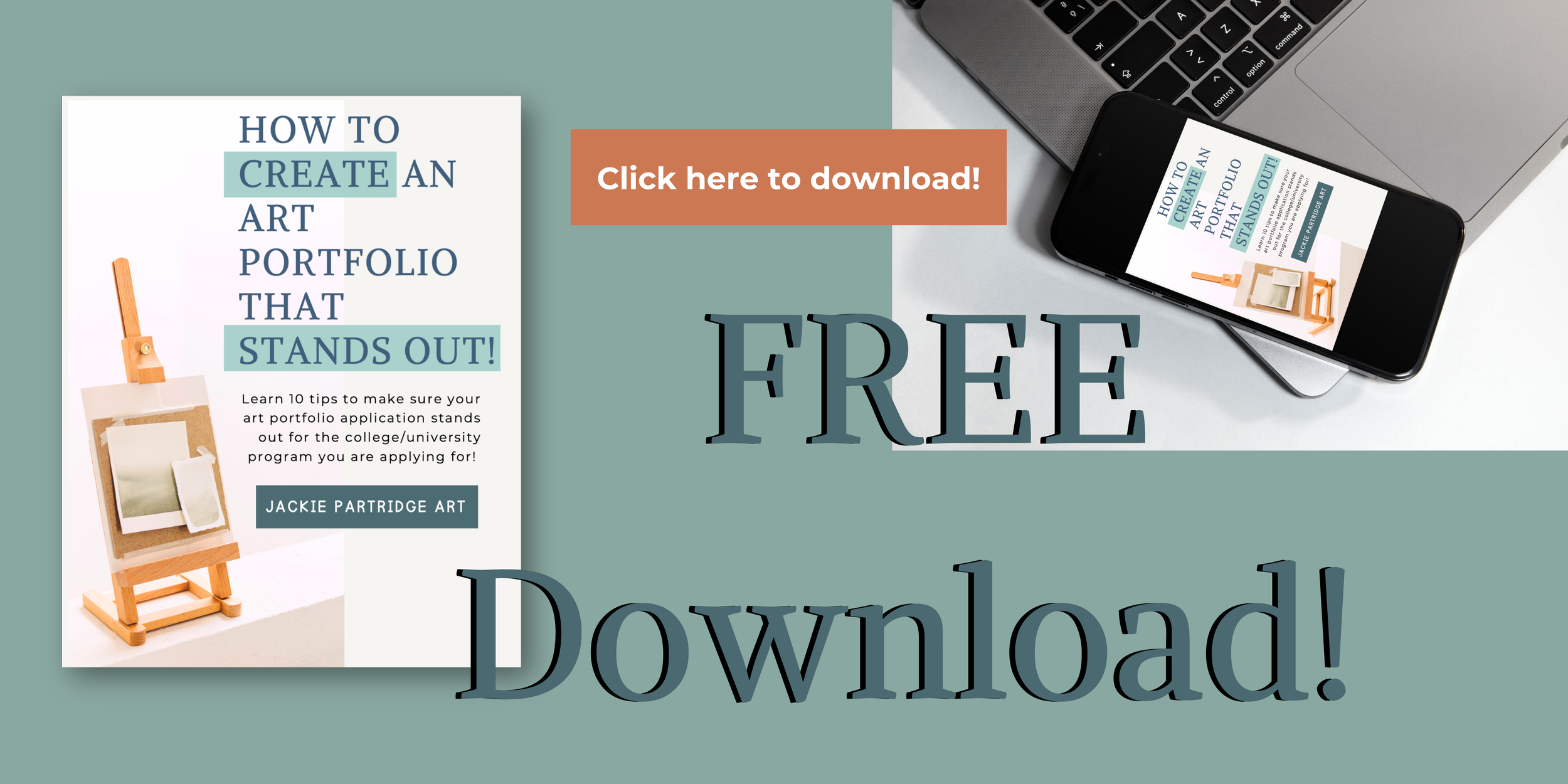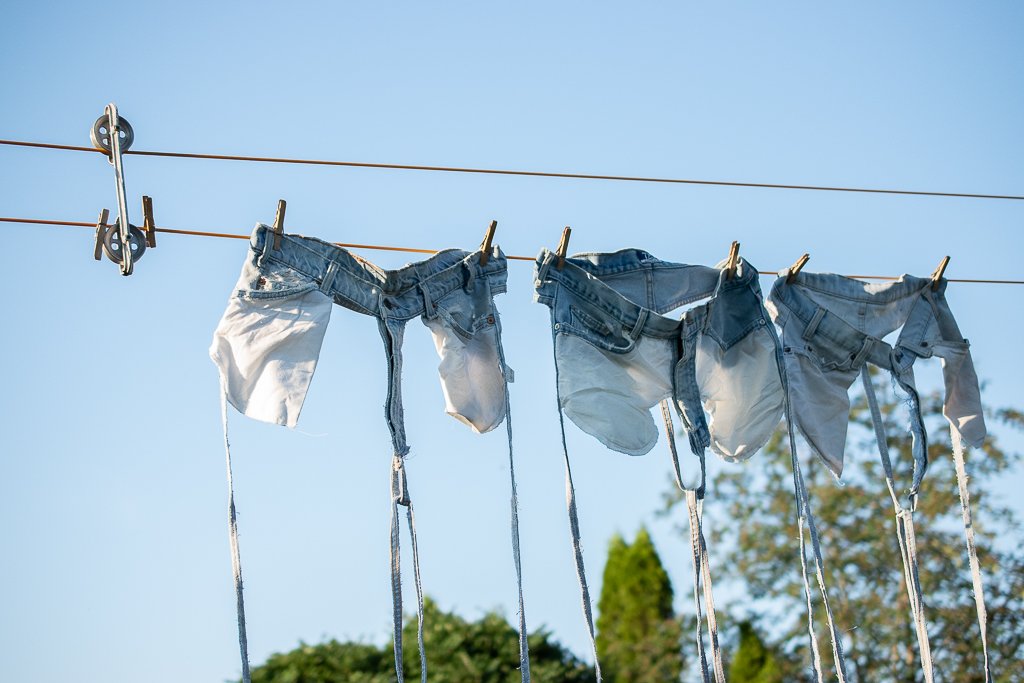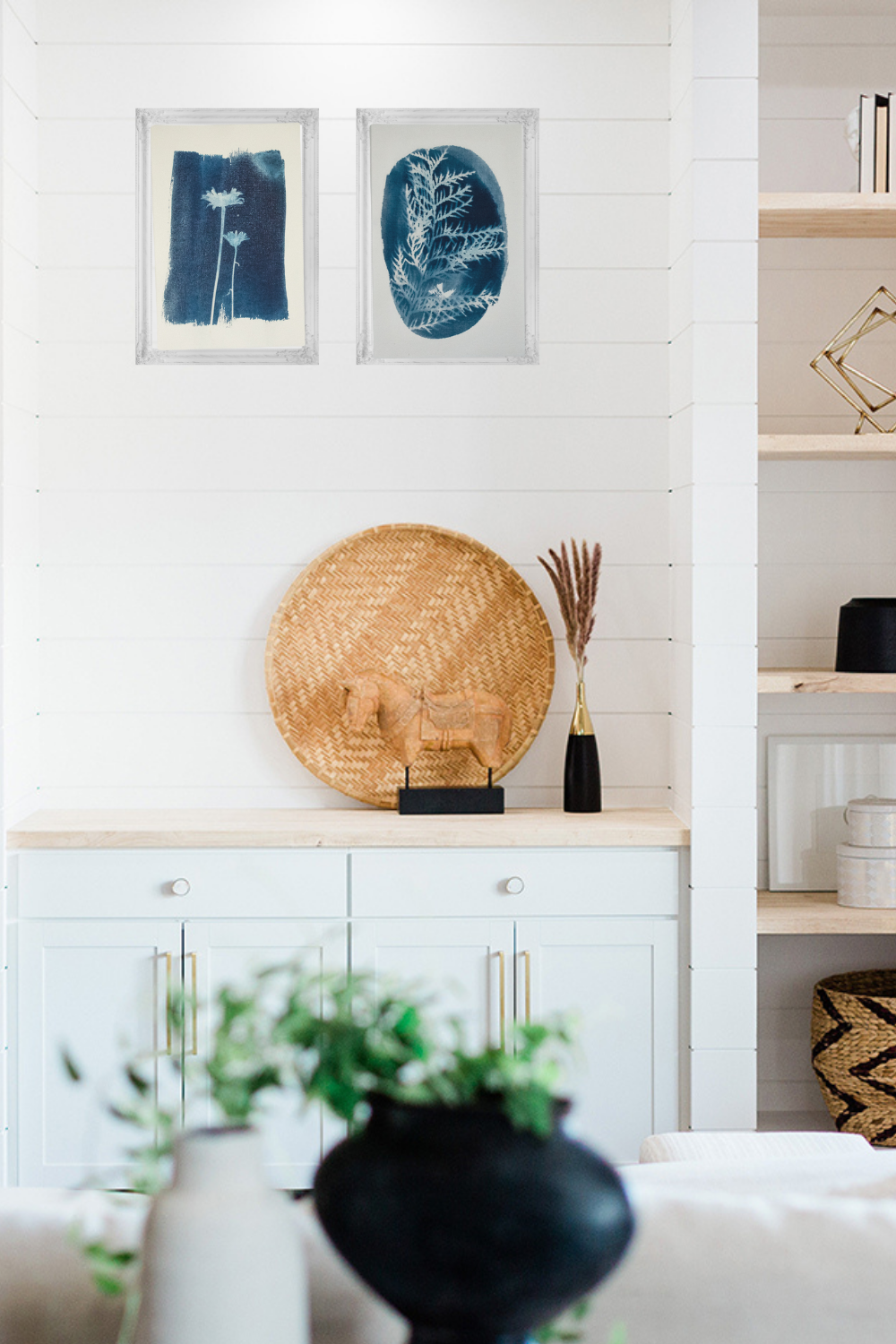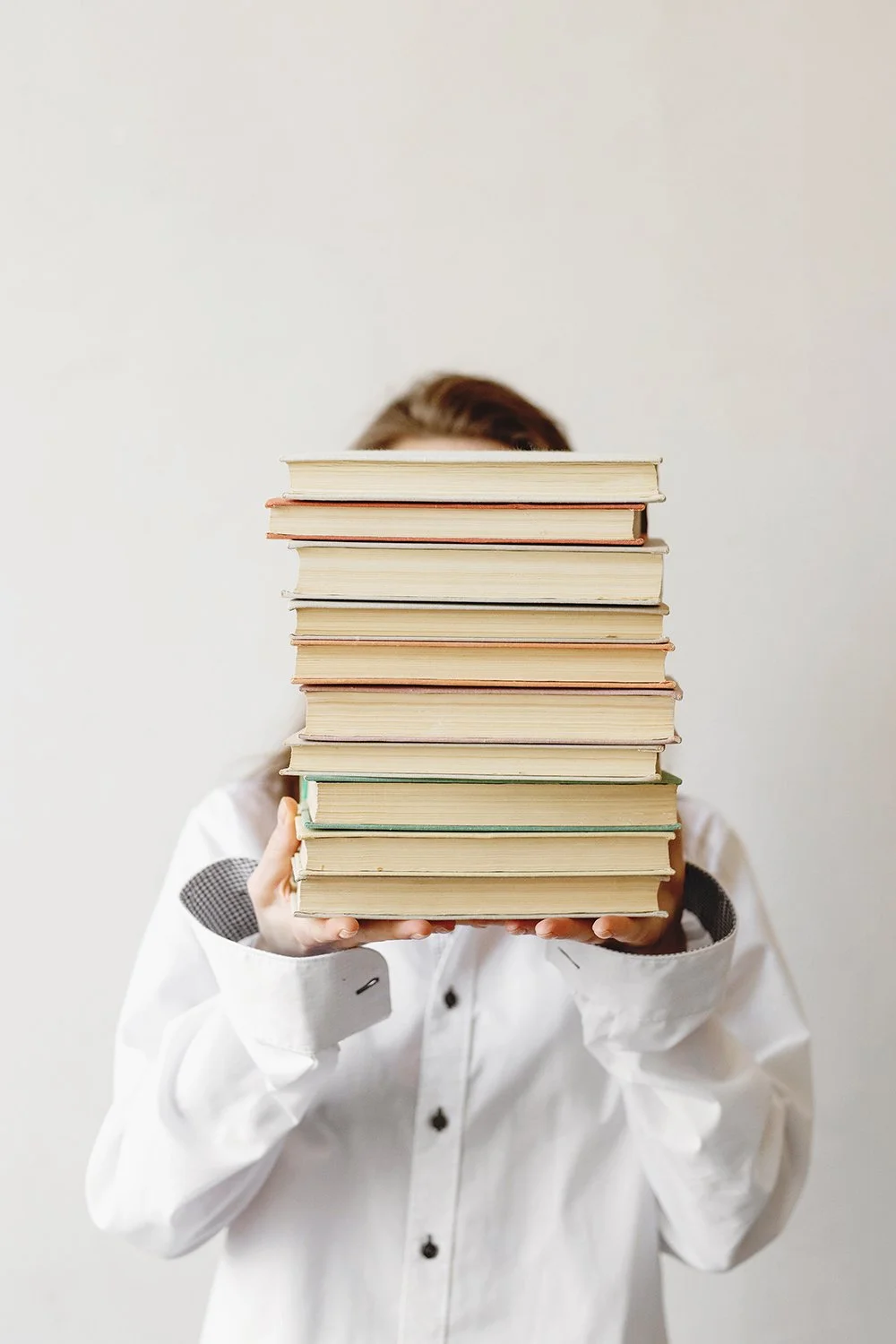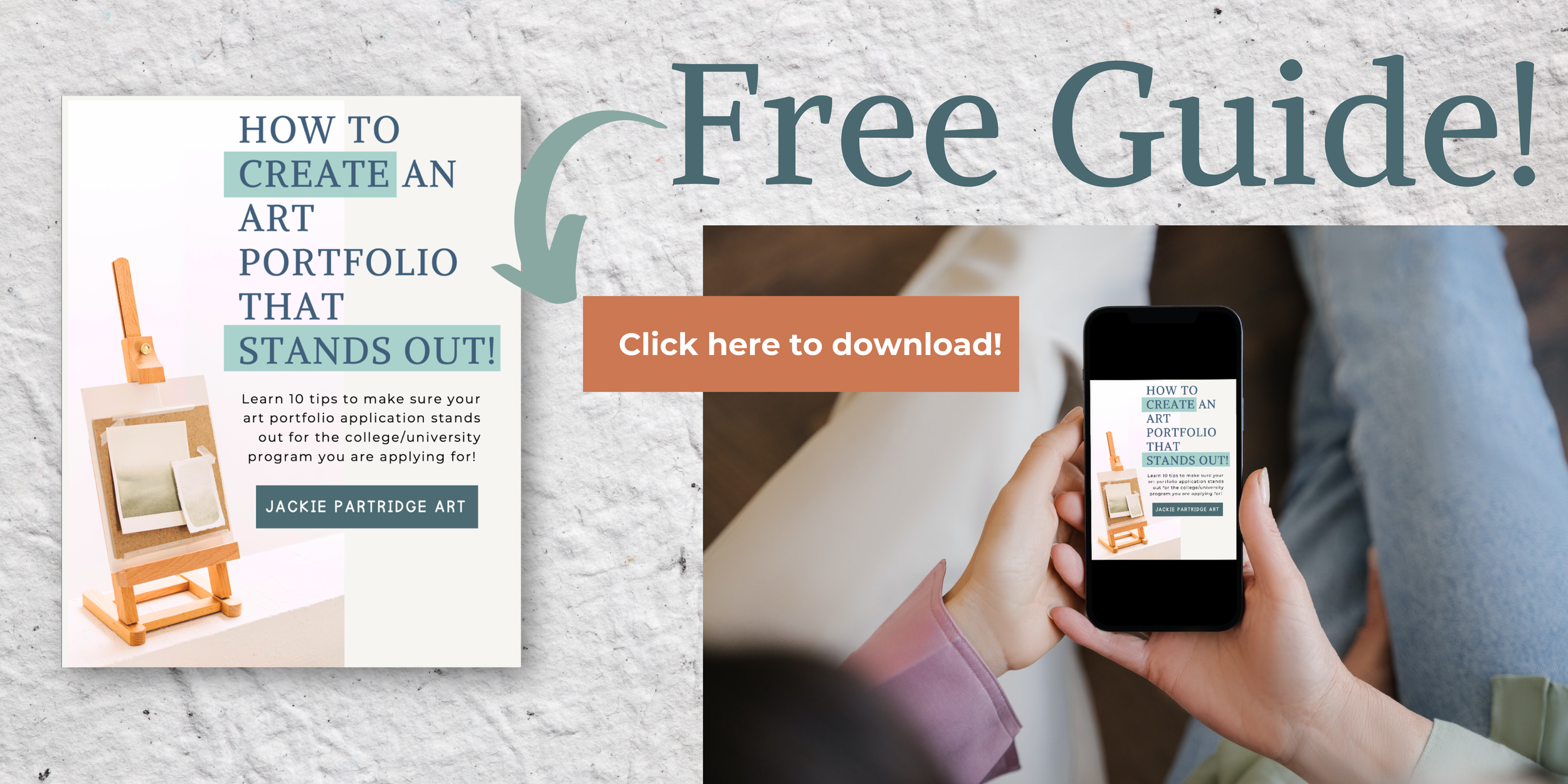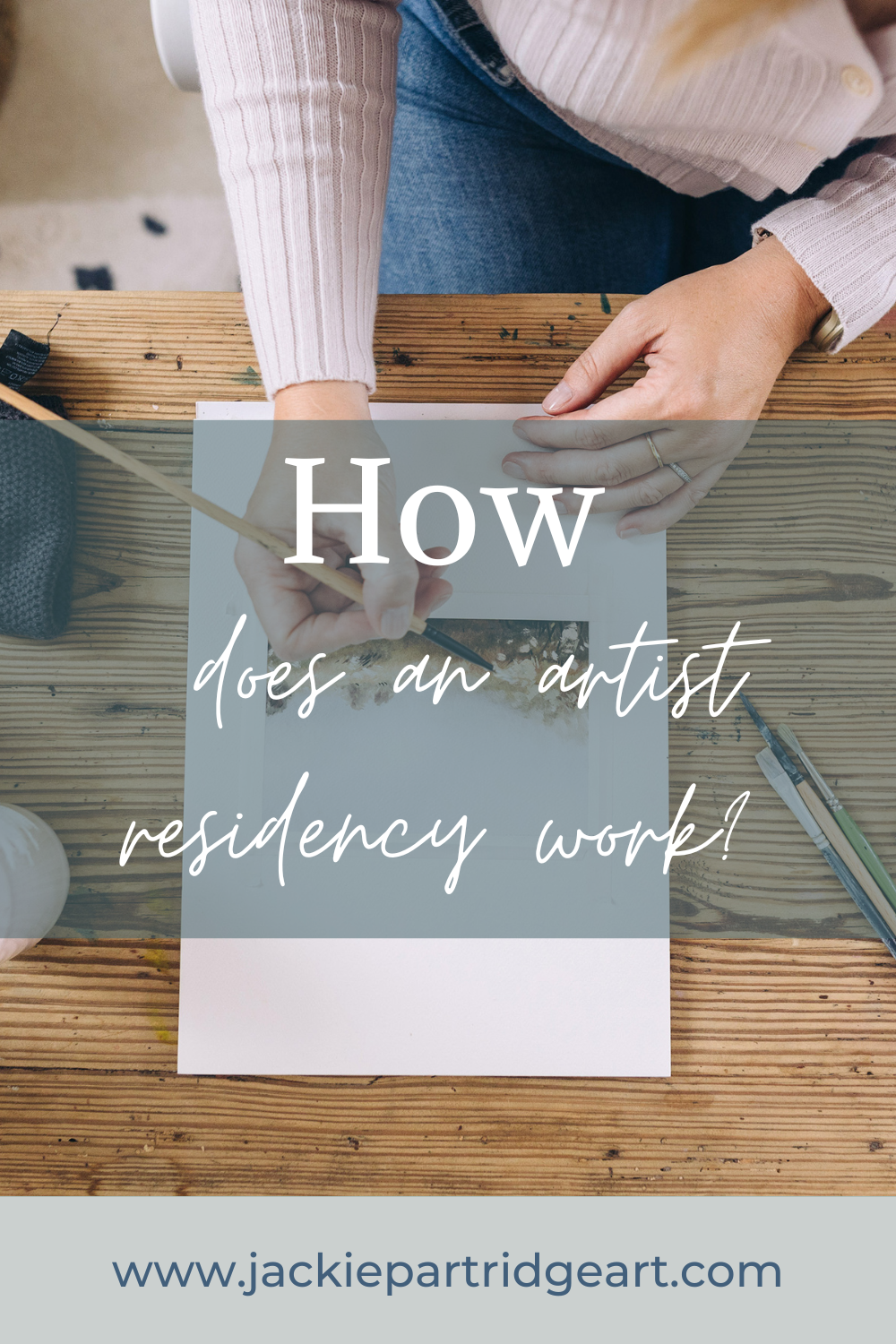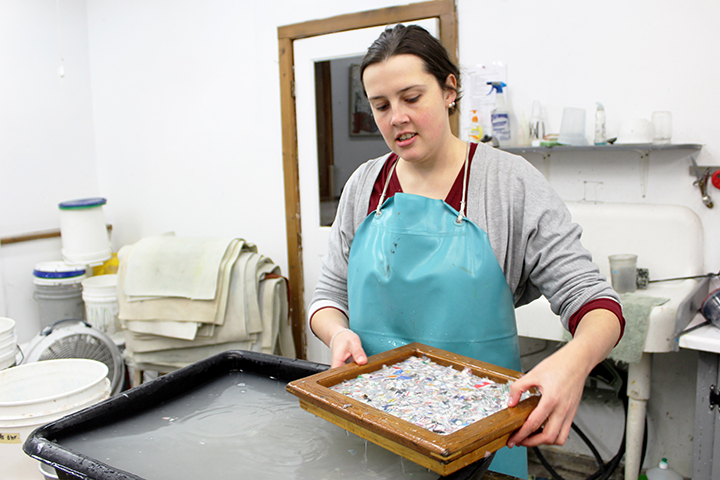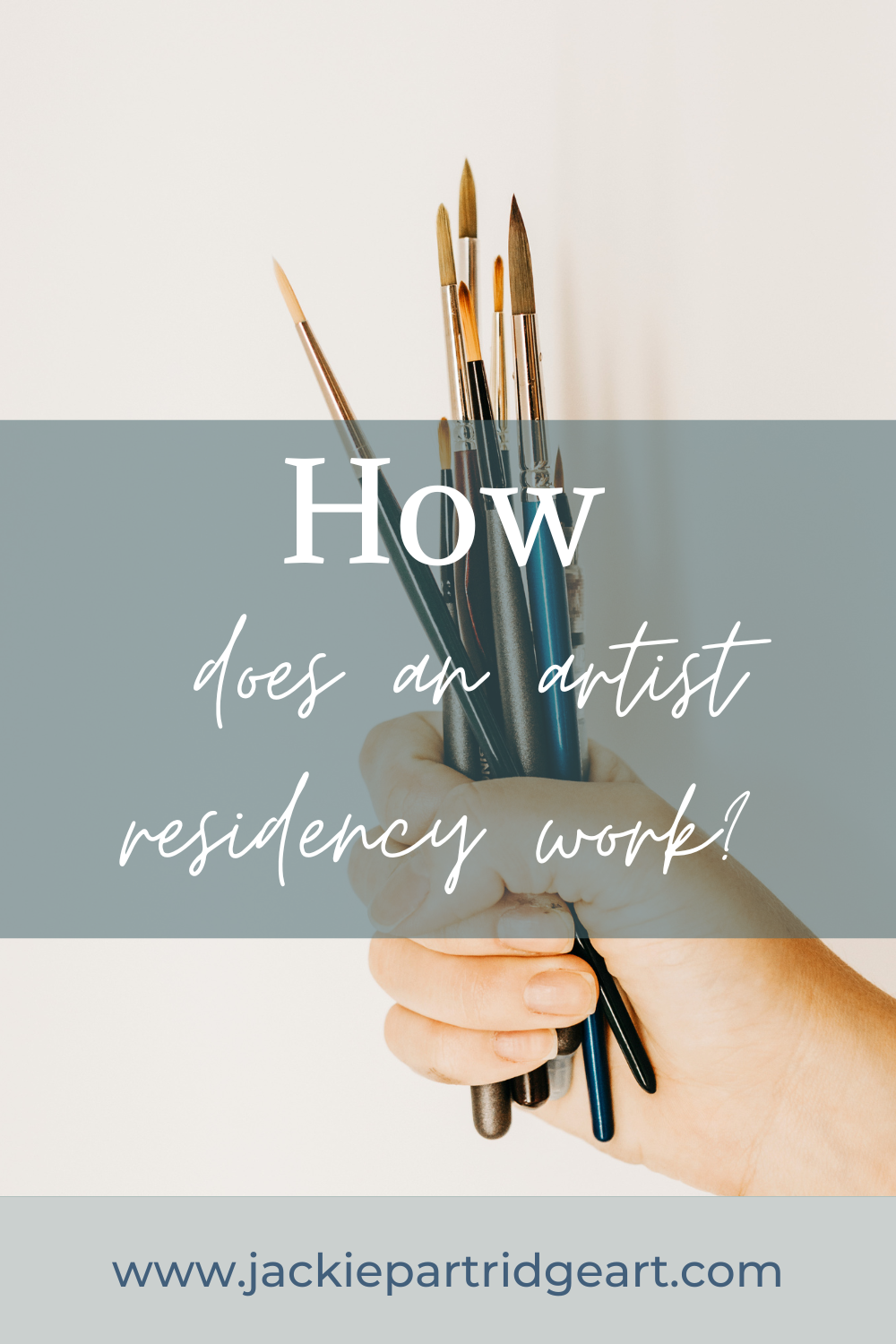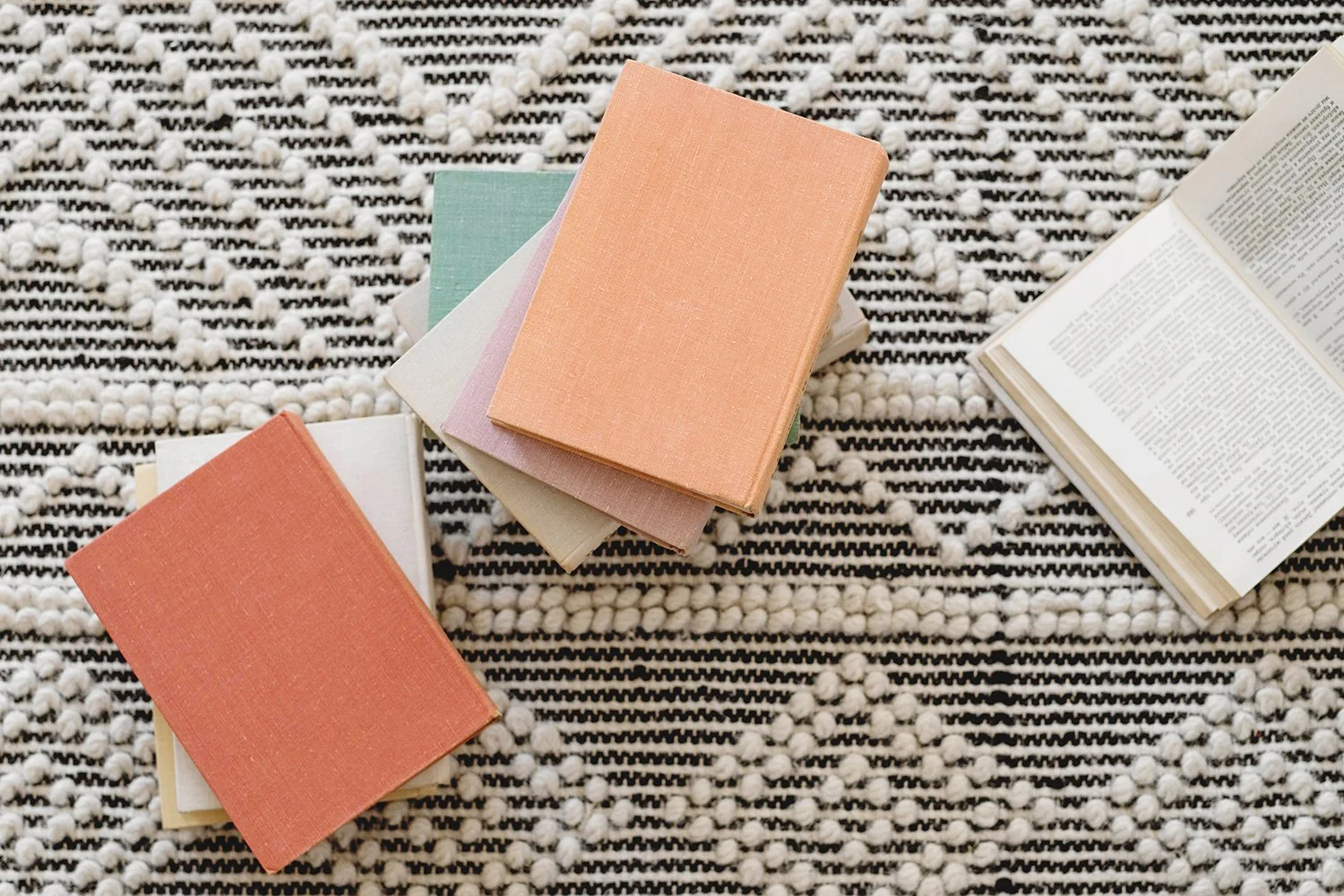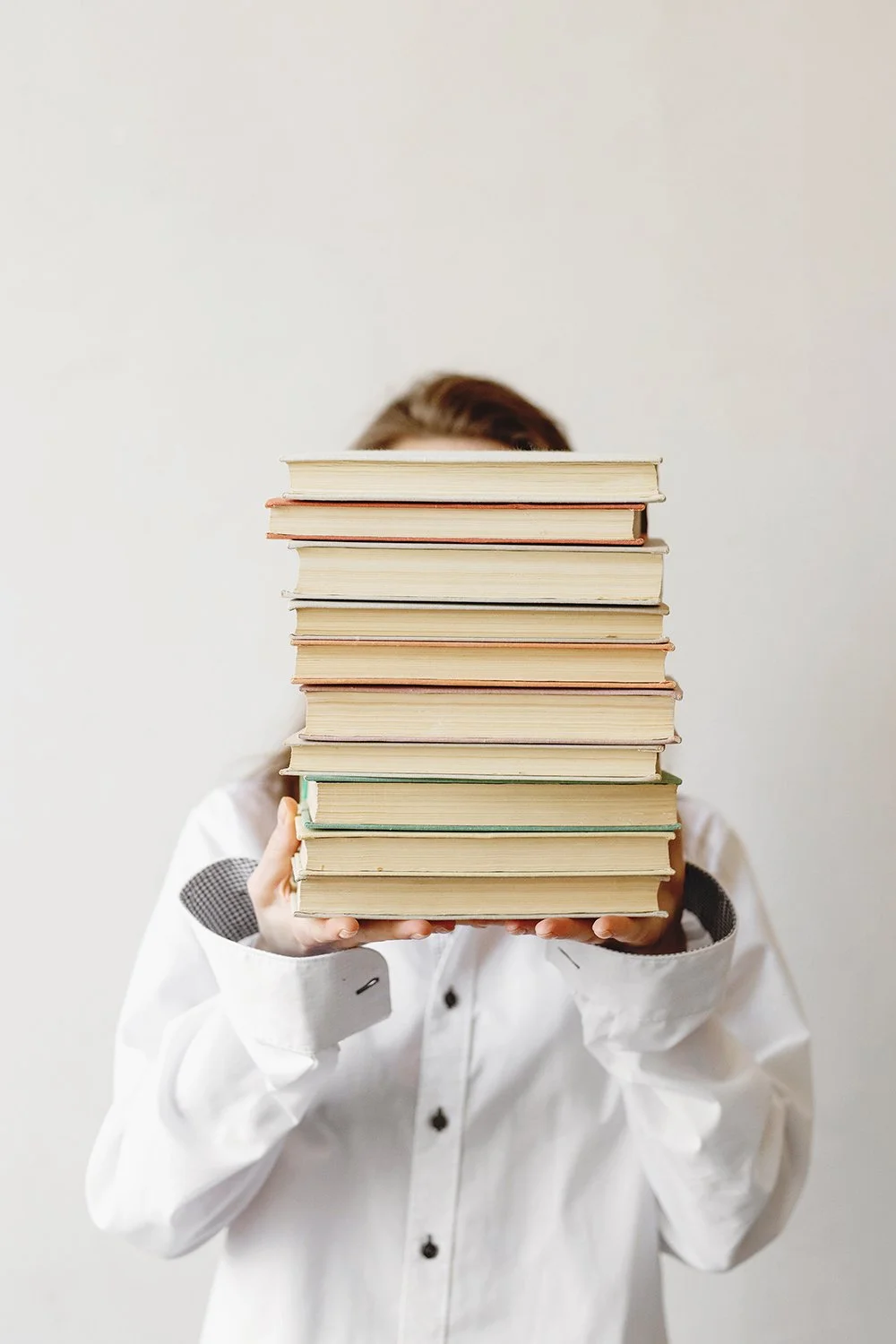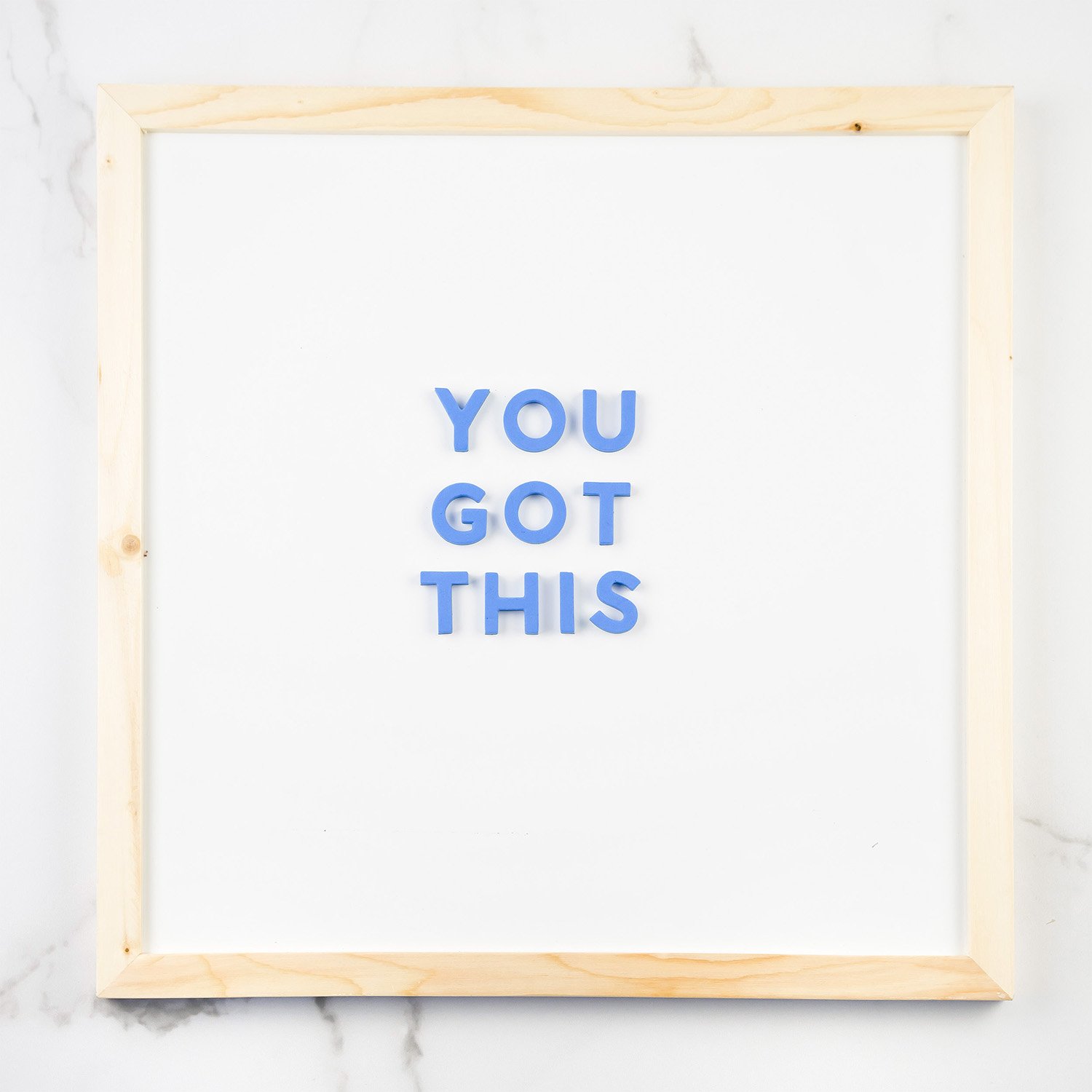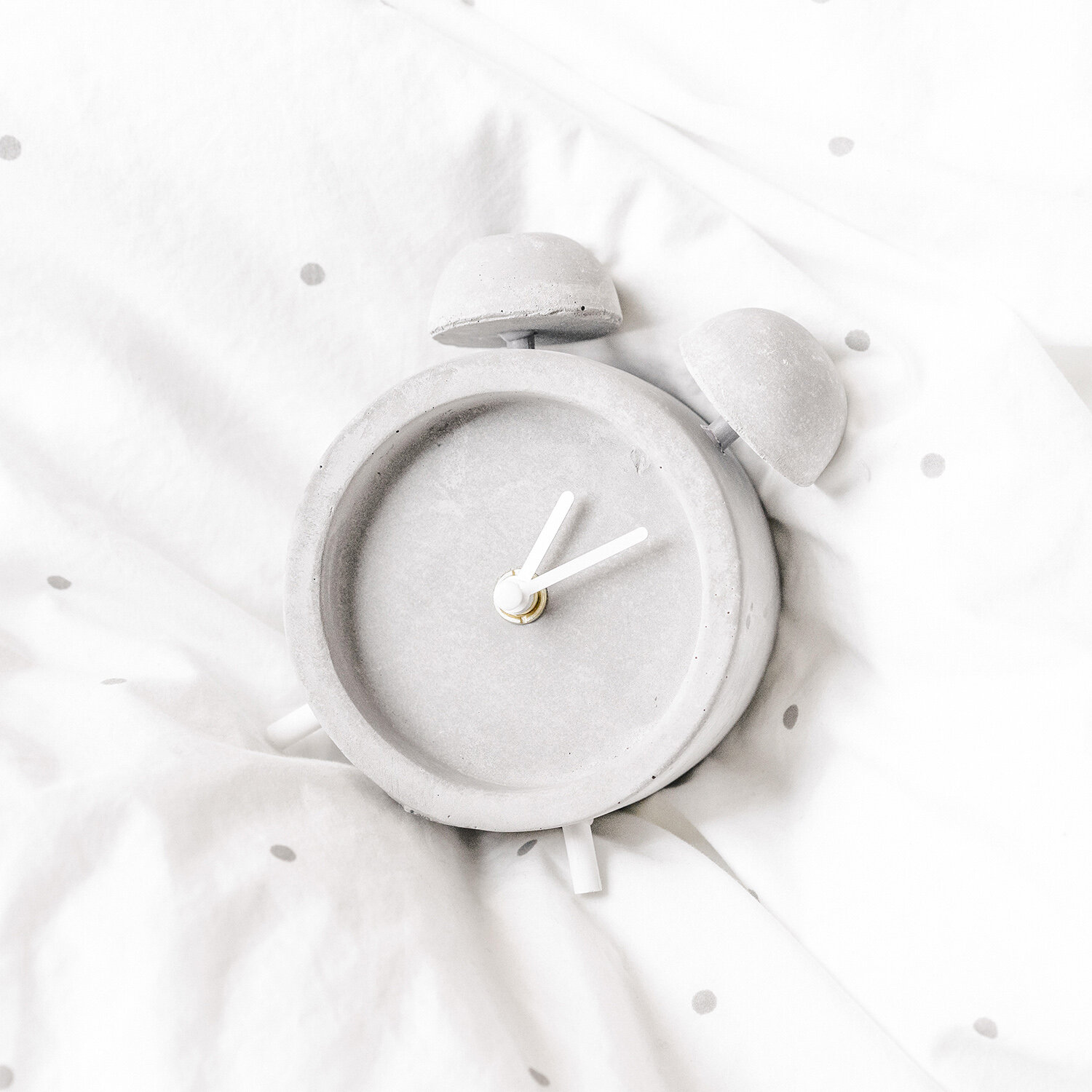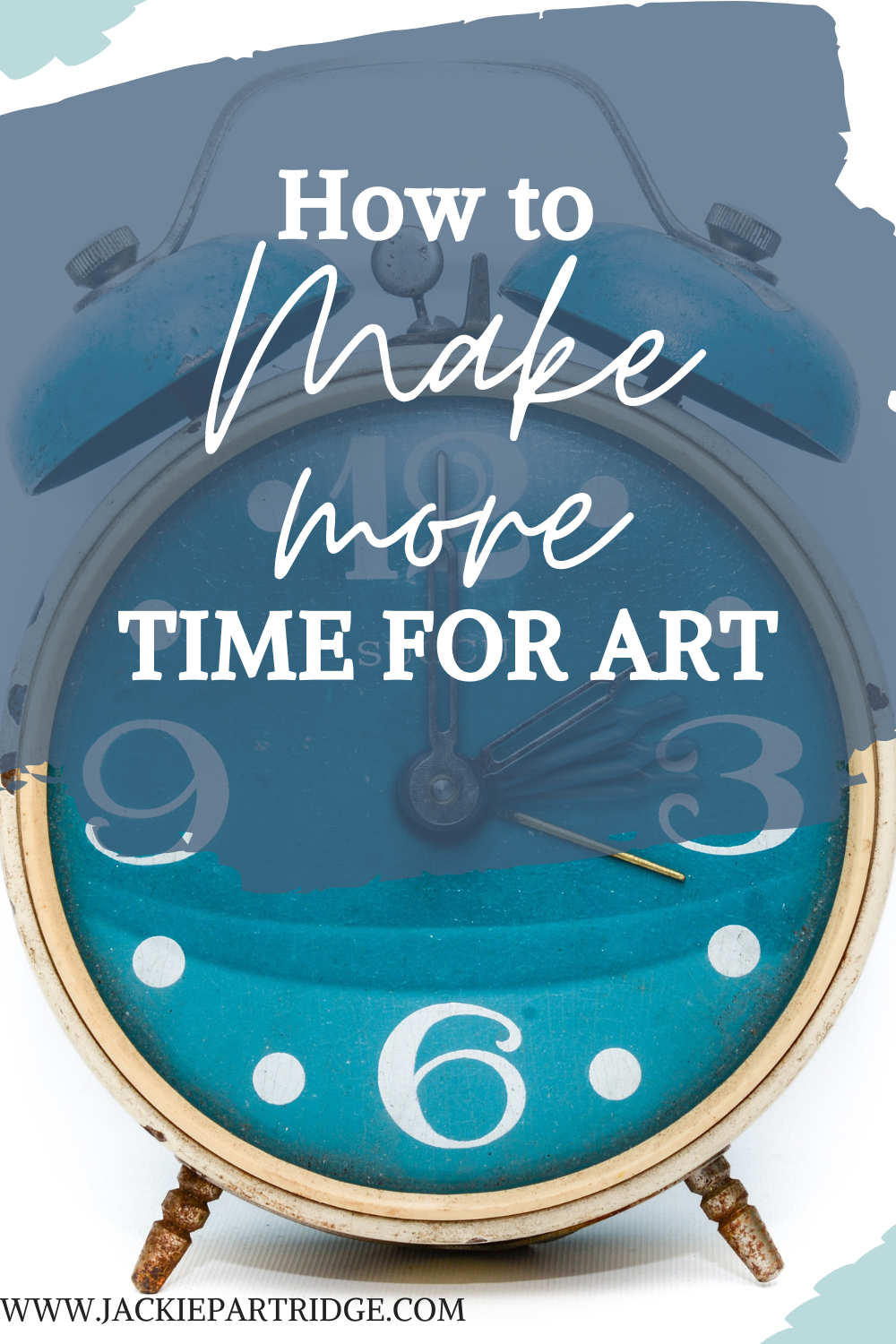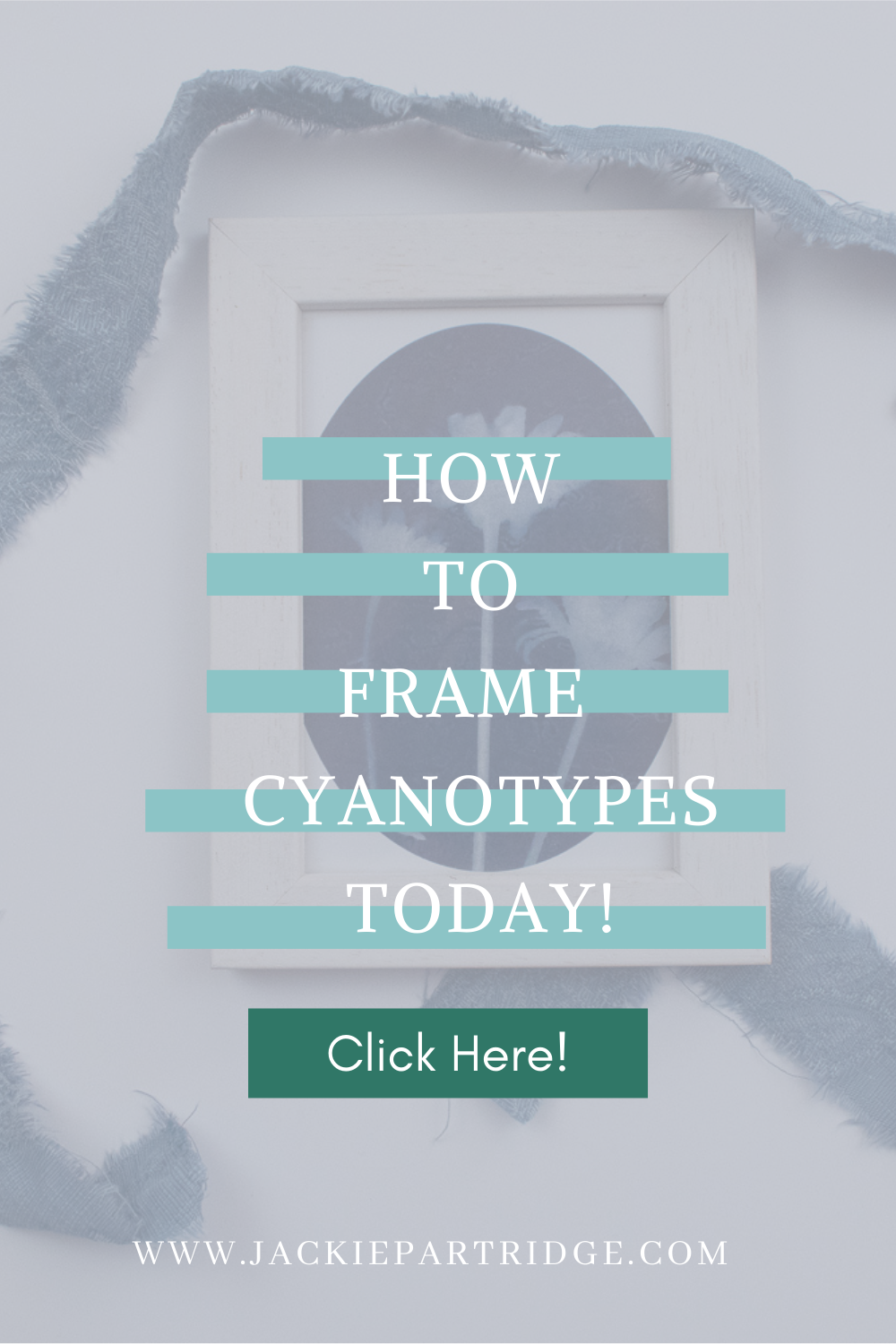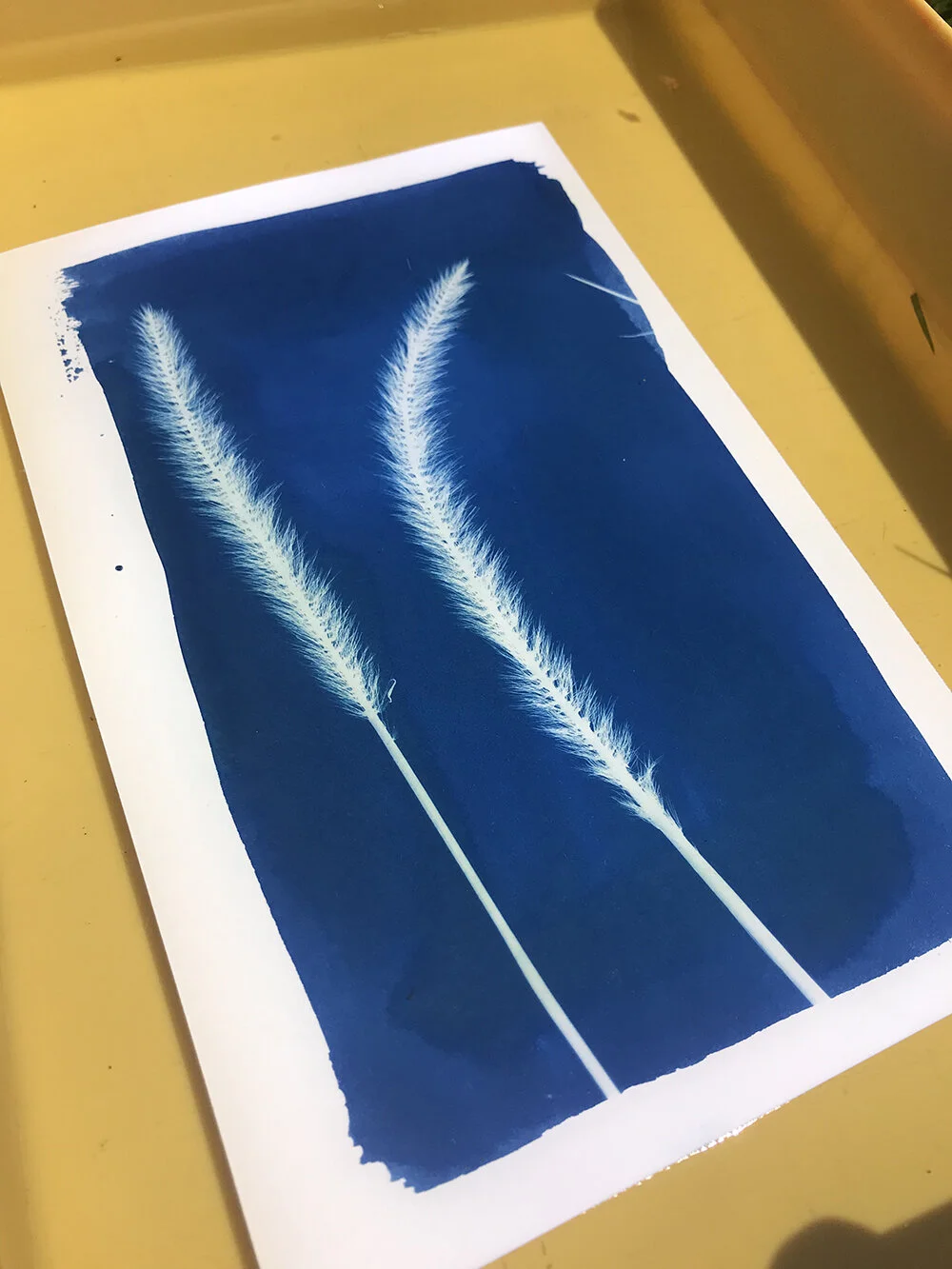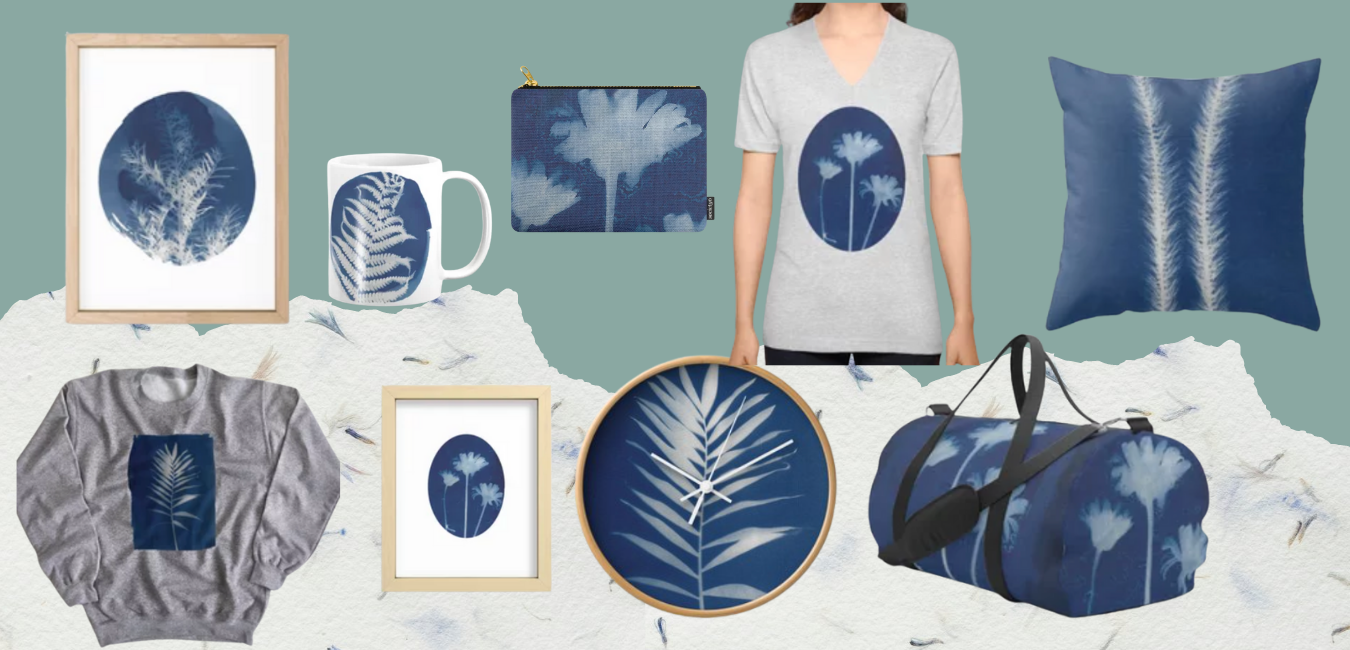Canva Pro is a great online tool to use if you are a content creator, small business owner or artist. I will share how to use Canva Pro as an artist and why Canva Pro is great for artists to use. You will also learn about the differences between Canva Pro and Canva’s free version. Find out why I love using Canva Pro as an artist below!
The Difference Between Canva Pro and Free Canva
The biggest difference between free Canva and Canva Pro is the range of features and templates that are available. Canva Pro users have access to over 60 million high-quality stock photos, illustrations, and vectors, while free users are limited to just over 1 million. In Canva Pro, you can also better organize your digital files because you have more storage space and more compatibility to have unlimited folders.
How to use Canva Pro
There are lots of free Canva Pro tutorials online and on YouTube. I encourage you to download the free version of Canva first or use my affiliate link to try a 30 day Free Trial of Canva Pro to see if you like it first. Canva Pro is a great investment in my business. It is a yearly subscription that costs about $150 dollars a year. This isn’t much for the amount of time it saves in my business. I create a lot on Canva Pro so the subscription pays for itself!
How to Use Canva Pro As An Artist
There are lots of features of Canva Pro that are helpful to artists. Here are some ideas.
Use Canva Pro to make Pinterest Pins to promote your artwork - choose from Canva’s templates
Make instagram stories or reel covers to advertise your artwork - again Canva Pro has lots and lots of templates to choose from which will save you time.
Save your brand colours and logo in Canva Pro to easily add them into a design
Create graphics for your blog
Design a logo for your business
Create YouTube thumbnails
Design instagram or Facebook posts
Create designs to print on mugs, cards, stickers, t-shirts and more!
Create and store branding images for your website
Create videos and animations for your website or social media
Create digital downloads or prints to sell
Create Freebies for people to opt-in on your email list.
There are so many possibilities with Canva Pro the possibilities are truly endless! Here is the link to try Canva Pro for 30 Days for free! (It is an affiliate link meaning I get a small commission each time someone uses my link)

